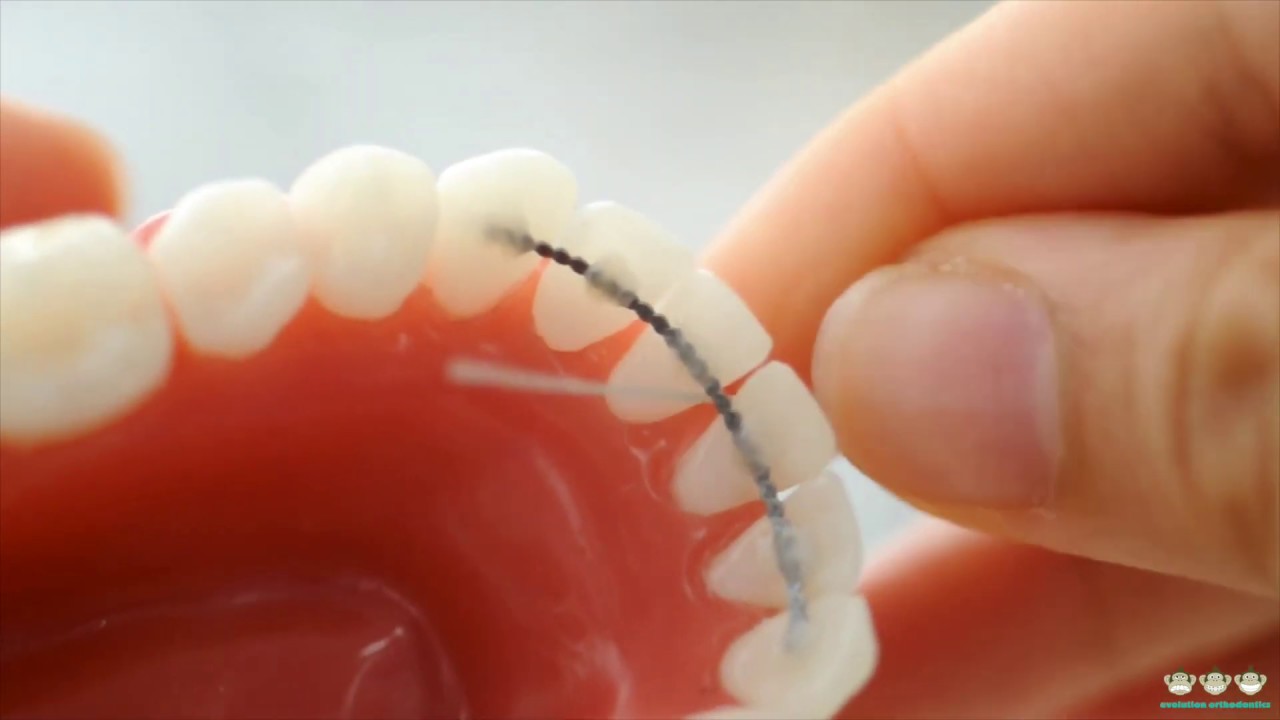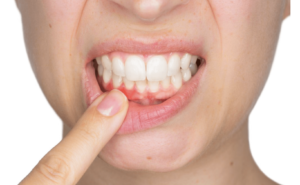Flossing is an effective method that helps to complete your brushing routine. According to orthodontics, flossing helps to prevent periodontal disease, cavities, and several orthodontic issues. Flossing helps to increase the blood circulation in the gums. If you need to remove the plaque and debris from your teeth, then you must opt for flossing.
However, if you wear a permanent retainer or braces, you may find it difficult to floss your teeth properly. Flossing in the wrong way can cause various problems like tooth decay. The concerning article will provide you a step by step guidance on how to floss with a permanent retainer. If you are dealing with the above-mentioned difficulties, then the solution is in your hand.
So, don’t waste your time and read the following sections.
What is the permanent retainer?
A permanent retainer is orthodontic equipment that might be installed in your teeth after removing braces. You can also find a removable retainer in the market; you can use it for a certain period. The type of retainer you need to use depends on the depth of your orthodontic issue.
However, the permanent retainer is an invisible metal wire which is placed on your front teeth. The retainer will be placed in your teeth by glue. Therefore, It will stand in your mouth as your eternal companion until you’re removing it manually. However, this is the reason that a permanent retainer prevents you from flossing your teeth; it’s addressable, though.
What are the requirements for flossing with a permanent retainer?
If you have a permanent retainer, then you will require some equipment:
- Flossing string
- Flossing threader
If you have a retainer, the normal flossing tool is not going to help you. That’s why keeping these two things handy is required.
However, flossing string is a stable string that will help you to take out the food particles and plaque from your teeth. You will need to properly utilize both of your hands for flossing your teeth through flossing string.
The flossing threader is a flexible plastic that is supported by a narrow point at one end of the threader. The other end of the flossing threader has a plastic loop, which looks like a sewing needle. At the time of flossing, you will need to put the floss with the looped end of the flossing threader, thereafter utilize the narrow end to floss your teeth.
Easy steps to floss with a permanent retainer
Are you still confused? Then don’t need to be worried about it; here is complete stepwise guidance that will aid you to floss your teeth with a permanent retainer.
- Step 1
If you are done with organizing your flossing equipment, then stand in front of the mirror. It will help you to find out your food particles and plaques.
- Step 2
Now, insert the flossing string with the loop of the flossing threader. You can use the narrow end of the flossing threader and pass the flossing string through the teeth. You must thread for once only, over the retainer.
- Step 3
You can hold the ending points of the floss with your hand to floss backward and forward. It will help you to easily floss between the gums and the teeth and will also help you to up and around the fringe of the teeth for removing the plaques and food particles.
- Step 4
Now, move on to the consequent tooth by removing the floss from the previous teeth. You will not be required to unthread the floss over your permanent retainer because the retainer will allow you to shift your floss from one tooth to another.
How often can you floss your teeth?
You must floss your teeth daily, even if you have a permanent retainer. The irregular practice of flossing can cause severe damage. Moreover, if you have a permanent retainer, then it is necessary to floss regularly because the retainer can snag food particles more than usual. So, we recommend flossing your teeth regularly.
How to care for your permanent retainer?
If you have a permanent retainer, then you must be concerned about caring for it properly. Here are some tricks and tips that will help you care for your permanent retainer.
- You must brush regularly if you have a permanent retainer. It will help you to maintain your oral hygiene. As a result, you will get healthier teeth.
- You must visit your orthodontist at a scheduled time. They will help you to figure out the early signs of tooth decay. The dentists will provide you proper guidance.
- You must visit your orthodontists if you find your retainer is getting loose.
Note: We will suggest you avoid sticky foods if you have a permanent retainer. Sticky foods will damage your dental equipment. Alongside, too-hard food may shift your teeth into their previous position.
Conclusion
We hope this article will help you enough to floss your teeth with a permanent retainer like a pro. Try the steps that we have mentioned in the above part, and the rest will assure you to resolve your problem. That’s all!
Sources:
- Sambunjak, D., Nickerson, J. W., Poklepovic, T., Johnson, T. M., Imai, P., Tugwell, P., & Worthington, H. V. (2011). “Flossing for the management of periodontal diseases and dental caries in adults”.
https://www.cochranelibrary.com/cdsr/doi/10.1002/14651858.CD008829.pub2/abstract - Stewart, J. E., & Wolfe, G. R. (1989). “The retention of newly‐acquired brushing and flossing skills”.
https://onlinelibrary.wiley.com/doi/abs/10.1111/j.1600-051X.1989.tb01664.x - Marchesan, J. T., Byrd, K. M., Moss, K., Preisser, J. S., Morelli, T., Zandona, A. F., … & Beck, J. (2020). “Flossing is associated with improved oral health in older adults”.
https://journals.sagepub.com/doi/abs/10.1177/0022034520916151 - Amundsen, O. C., & Wisth, P. J. (2005). “Clinical pearl: LingLockTM—the flossable fixed retainer”.
https://journals.sagepub.com/doi/abs/10.1179/146531205225021195


